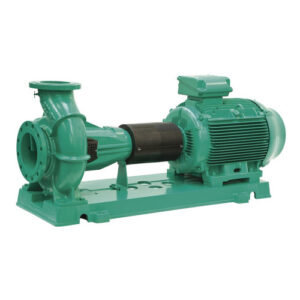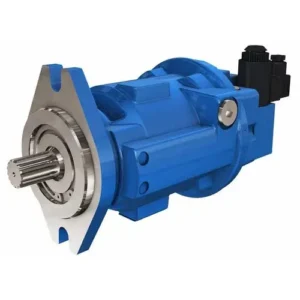Key Features of Hydraulic Cylinder
1. Types and Motion Capabilities of Hydraulic Cylinders
Hydraulic cylinder is available in single-acting, double-acting, telescopic, and differential models. Each type delivers linear motion for applications requiring controlled extension, retraction, or holding under heavy loads at sea.
2. Construction and Materials
Manufacturers use corrosion-resistant steel, chrome-plated rods, and honed cylinder barrels for durability. Heavy-duty seals and marine-grade coatings protect the internal components from saltwater, abrasion, and high-pressure operation.
3. Force Output and Stroke Range of Hydraulic Cylinder
These cylinders generate high force through hydraulic pressure, often supporting loads up to several tons. Available in multiple bore sizes and stroke lengths, they accommodate short, high-force bursts or long, smooth extensions.
4. System Integration and Compatibility of Hydraulic Cylinder
Cylinders connect easily with valves, hoses, and control systems through standardized fittings. Mounting styles include clevis, trunnion, flange, and eye mounts—making them versatile across different marine hydraulic setups.
5. Position Control and Feedback Options
Some models include integrated position sensors or proximity switches to monitor cylinder movement. This enables precise automation and feedback in systems like rudder control or deck machinery positioning.
6. Seal and Pressure Management of Hydraulic Cylinder
High-performance seals maintain internal pressure while minimizing leakage. Wipers prevent contamination from entering the barrel, ensuring consistent performance and extending service life under high cycle rates.
7. Maintenance and Serviceability of Hydraulic Cylinder
Crews can perform seal replacements, rod inspections, and oil flushing with minimal downtime. Cylinder designs allow for field servicing and quick replacement of wear components during scheduled maintenance windows.
8. Compliance and Certifications
Hydraulic cylinders meet ISO 6020/2 and ISO 3320 standards for construction and performance. Certified by DNV, ABS, and Lloyd’s Register, they are fully approved for use on marine vessels and offshore systems.




